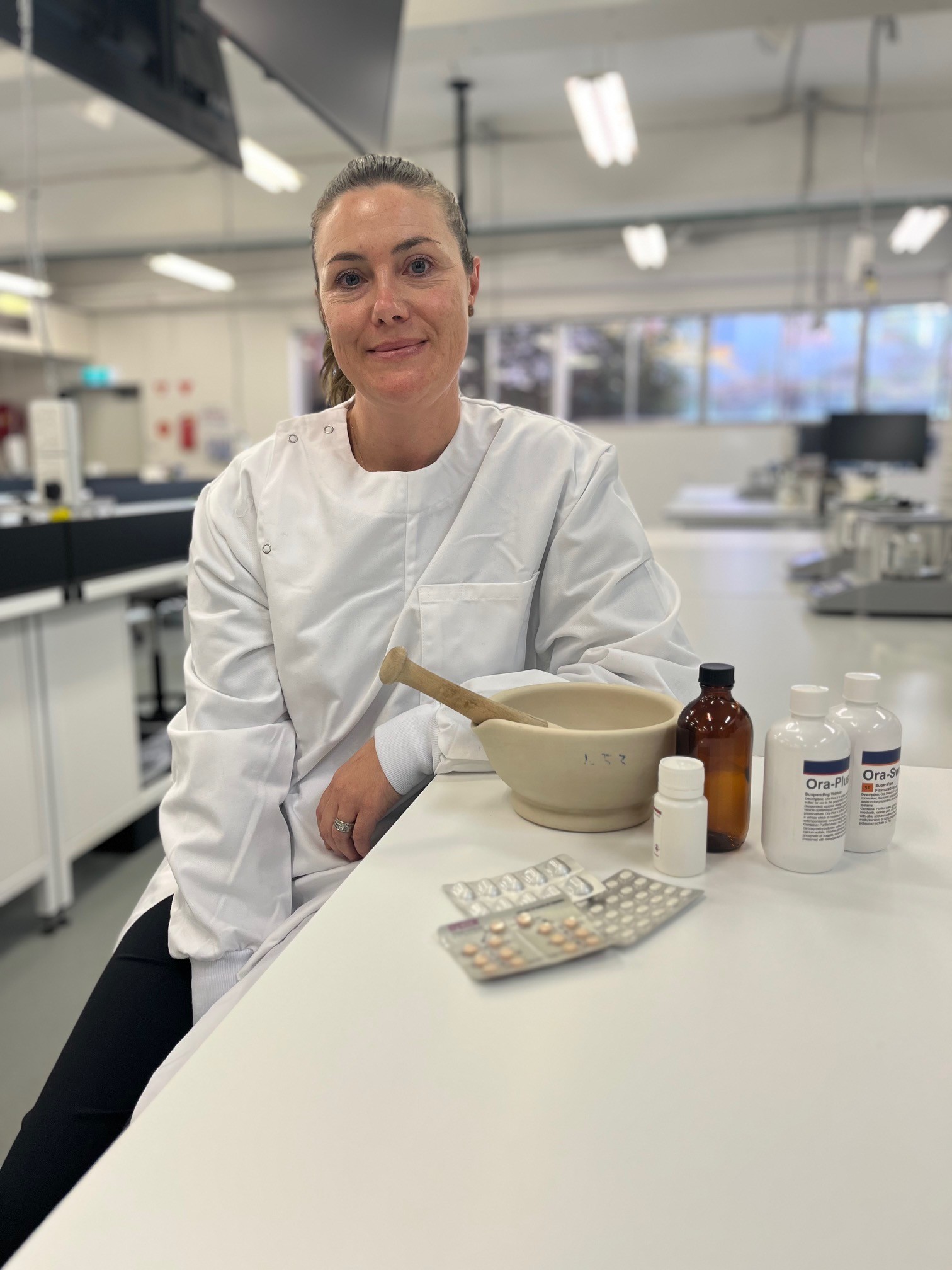Residential medication management reviews (RMMRs) have proven to be beneficial in identifying medicine-related problems, so why aren’t we doing more of them?
Most patients in residential aged care facilities (RACFs) do not receive an early RMMR, new research has revealed, despite the fact that the program unearths an average of 2.7–3.9 medicine‐related problems per resident.
Key points:
|
It is recommended that patients receive an RMMR upon entering a RACF. However, the research, which analysed data from 176,390 residents in 2,799 facilities, found that Medicare Benefits Schedule claims for RMMRs were submitted for less than one in five patients within 3 months of entry.
Less than half (43.1%) had received an RMMR after a year, and among the patients whose medicines were not reviewed, 20.6% had died.
The uptake of the service did not increase much after 2 years, with 49.7% receiving RMMRs within this timeframe, and 25.8% of the non-reviewed patients passing away.
The study also found that before entering a RACF, only 4.5% of patients had received a Home Medicines Review (HMR).
Lead researcher Dr Janet Sluggett MPS, Senior Research Fellow at the University of South Australia and pharmacist at CPIE Pharmacy Services, said the underuse of RMMRs was a ‘missed opportunity’ to prevent medicine-related harm in aged care residents, who are prescribed an average of 11 medicines in the year before entry into a facility.
Why are there so few reviews?
There are several barriers to the provision of RMMRs which could be preventing uptake, Dr Sluggett said.
RMMRs are a multi-step process which rely on the compliance and availability of several stakeholders.
Aside from a GP referral and informed consent from the resident or next of kin, there needs to be a pharmacist available to conduct the review.
The GP must then go through the pharmacist’s report, create a medicine management plan and work with the RACF to begin implementing that plan.
‘Each of these time points has the potential to create barriers,’ Dr Sluggett told Australian Pharmacist.
Another sticking point is geographical location.
‘Our research found that residents in rural and remote areas are much less likely to receive an early RMMR,’ she said.
Additionally, there are barriers to the efficacy of the review, including a lack of structure around the pharmacist’s role.
‘While pharmacists might contact the GP to discuss their concerns, there is not yet a formal mechanism in place for communication with doctors, nursing staff or RACFs,’ she said.
The level of detail in the GP referral can also have an impact.
‘The more information that is provided, the more tailored the pharmacist’s recommendations can be and the greater the likelihood that the plan can be put into place,’ Dr Sluggett added.
Lastly, the sophistication of the RACF’s systems plays a significant part. Without an integrated medicine management system, pharmacists don’t have access to GP records and need to rely wholly on the facility’s notes.
Addressing the issue
As a preventative measure, a more frequent provision of HMRs for people living in the community can help to identify and resolve any medicine-related problems before they enter an RACF.
It’s also necessary to pinpoint any barriers to administering RMMRs at a local level, which can differ per facility and location.
Good communication between the key stakeholders in the RMMR process, including the accredited pharmacist, senior staff at the RACF and the referring GP, will help iron out these barriers and identify the contributing factors to low uptake.
Pharmacists should discuss the value of RMMRs, identify how valuable the reviews are considered to be by RACF staff and GPs, and understand their preferences, expectations and what they think can be improved about the service, Dr Sluggett said.
To facilitate those discussions, pharmacists can include a regular item in the medication advisory committee meeting agenda.
They can also raise awareness of RMMRs among residents and their family members, which will help to ensure greater uptake of the service.
Dr Sluggett advises taking the time to develop an understanding of the RACF’s systems and admissions processes.
‘This will help pharmacists to assess if a mechanism can be put in place which embeds flags or prompts to identify patients who might benefit from a RMMR early on,’ she added.
Recent developments in aged care and medicine reviews include:
- Accredited pharmacists being able to provide up to 30 HMRs per month and allowed two additional HMR and RMMR follow ups with patients within 9 months of the initial review. PSA has long advocated for medicine reviews to be conducted frequently with meaningful follow up.
- HMRs and RMMRs can now be referred by other medical practitioners, not just GPs, which will allow specialists in aged or chronic care to refer where a GP may not be available.
- PSA endorses the recommendation that pharmacists be embedded within all aged care facilities across Australia so they can spend more time protecting residents when it comes to the safe and effective use of medicines.





 Beyond the arrhythmia, AF often signals broader pathological processes that impair cardiac function and reduce quality of life and life expectancy.5 Many of these conditions are closely linked to social determinants of health, disproportionately affecting populations with socioeconomic disadvantage. Effective AF management requires addressing both the arrhythmia and its underlying contributors.4
Beyond the arrhythmia, AF often signals broader pathological processes that impair cardiac function and reduce quality of life and life expectancy.5 Many of these conditions are closely linked to social determinants of health, disproportionately affecting populations with socioeconomic disadvantage. Effective AF management requires addressing both the arrhythmia and its underlying contributors.4  C – Comorbidity and risk factor management
C – Comorbidity and risk factor management Warfarin
Warfarin
 Natalie Cooper[/caption]
Natalie Cooper[/caption]

 Professor Michael Kidd[/caption]
Professor Michael Kidd[/caption]





